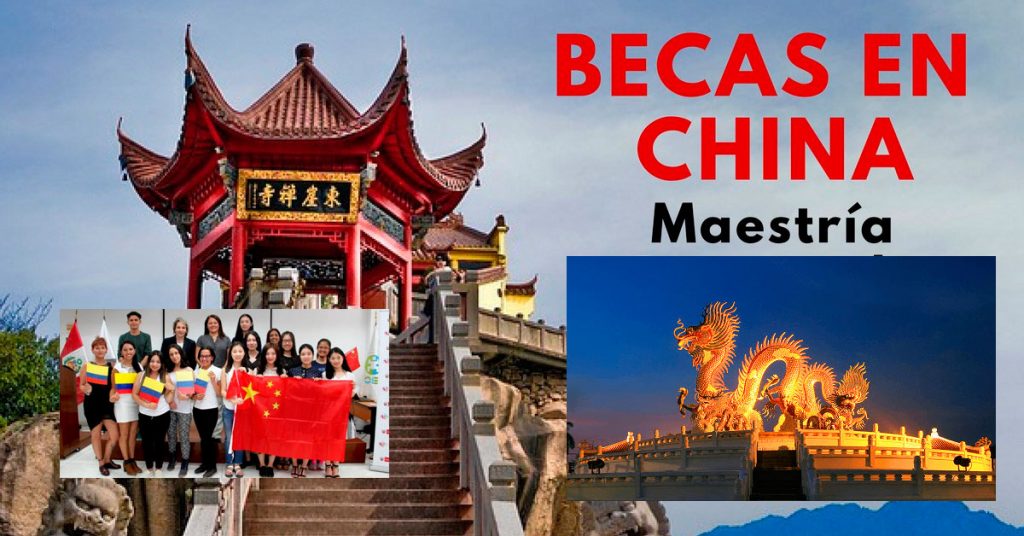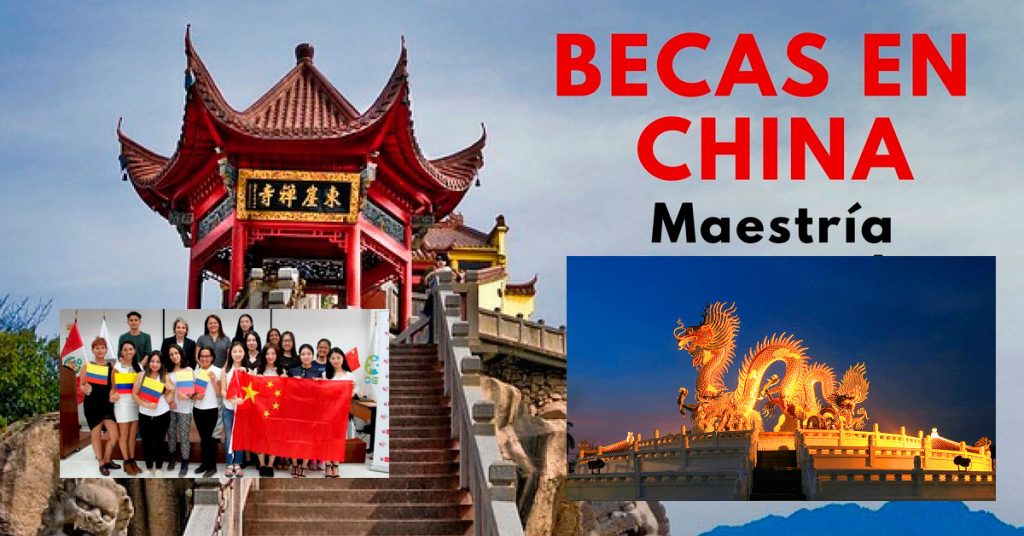
The United States has been abandoning the good relationship that united it with the Latin American milieu in more than one field. In those same recent years of distancing, we have seen the great Chinese titan occupy growing spaces of influence there. His activity in the region has begun to leave an important mark in the fields of business, commerce and infrastructure, but not so in the cultural field, where the United States continues to lead the transculturation. The Latin American citizen does not feel any affinity with the Chinese, his languages are inaccessible to him and his customs are incomprehensible as well as divorced from those inherited from the Spain of the conquest.
In the last century, Washington developed a proactive strategy of rapprochement in educational, technological and cultural matters that served to oil intra-continental relations. Just one fact: in 2017 there were 73,000 third-level Latino students in the United States, while in China they barely touched 2,000. Statistics also show that more than one million foreign students traveled to the United States per year before 2020.
Making accessible to Latin Americans the knowledge of China’s interiorities, its idiosyncrasies, its ancient history, its future as a modern power has not been a priority for Beijing until today. And while it is true that culture has been oblivious to the feverish activity of business, Beijing is trying to amend the plan. The educational exchange begins to emerge in bilateral relations as a way to accelerate mutual knowledge and provoke forms of consubstantiation that work in favor of the acceptance of the dynamics, the way of being and the behavior of Asians and that clears the ghost of the Chinese “domination” that is so much exploited by its detractors in the region.
In the past decade, the number of international students in China has grown exponentially, reaching half a million enrolled in 1,004 higher education institutions. The “Study in China” program was devised to be incorporated into the New Silk Road initiative so that the country can become an international quality destination and has become part of the national “rejuvenation” political discourse. In the case of Latin America, in December 2021 an agreement was signed with Celac in which Beijing offered 5,000 scholarships to Latin American students between 2020 and 2024, in addition to 3,000 places for training on Chinese soil. This is a new way of counterbalancing the penetration that the United States is leading south of the Rio Grande.
Chinese pragmatism has always been ahead of its ideological interests. That is why business has been at the forefront of the relationship. But what is a reality is that, apart from extracting an economic benefit, it is imperative to validate oneself culturally against the countries with which the relationship is closest. It is necessary to advance in the field of acceptance of the “China” brand and this is what explains the interest in establishing scholarship systems to study in the cities of that country. Chile is a good example. There have been offered 20,000 scholarships. It is not surprising, then, that the southern nation is among the 15 countries with the greatest Chinese influence on the planet.
Beijing is, therefore, finally internalizing that one way to leave an indelible cultural mark is to tie ties in the field of education.
















